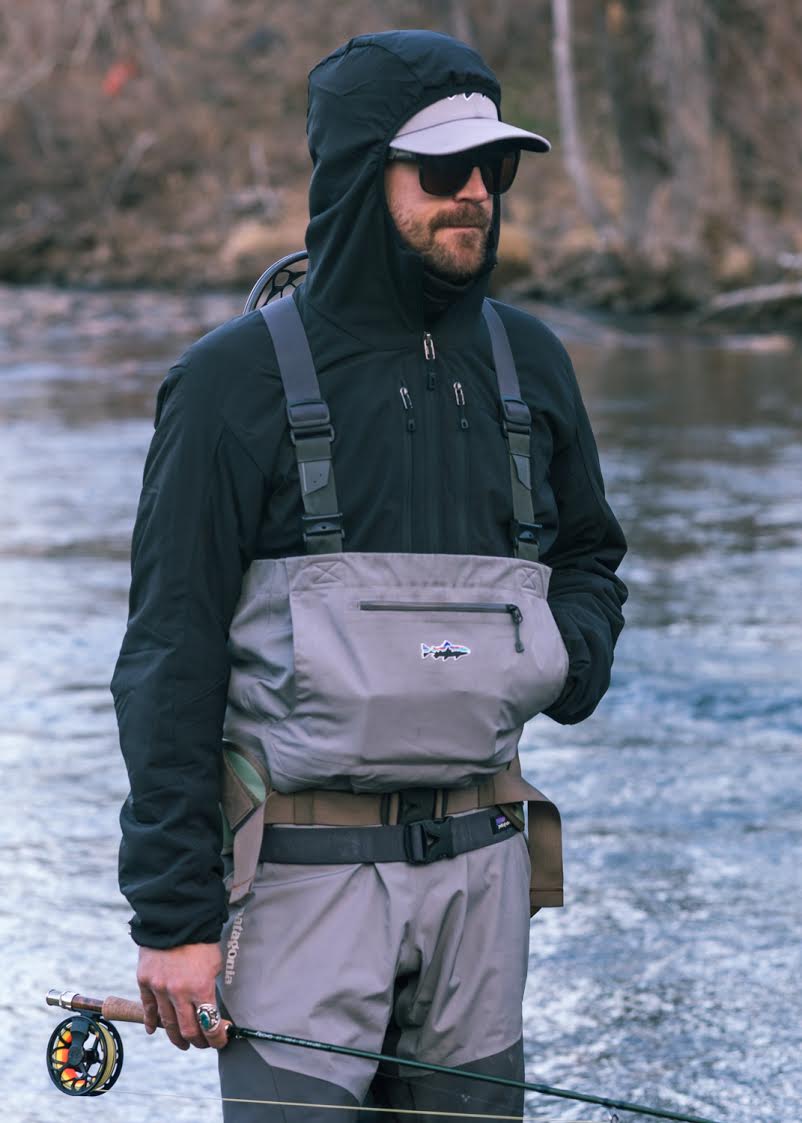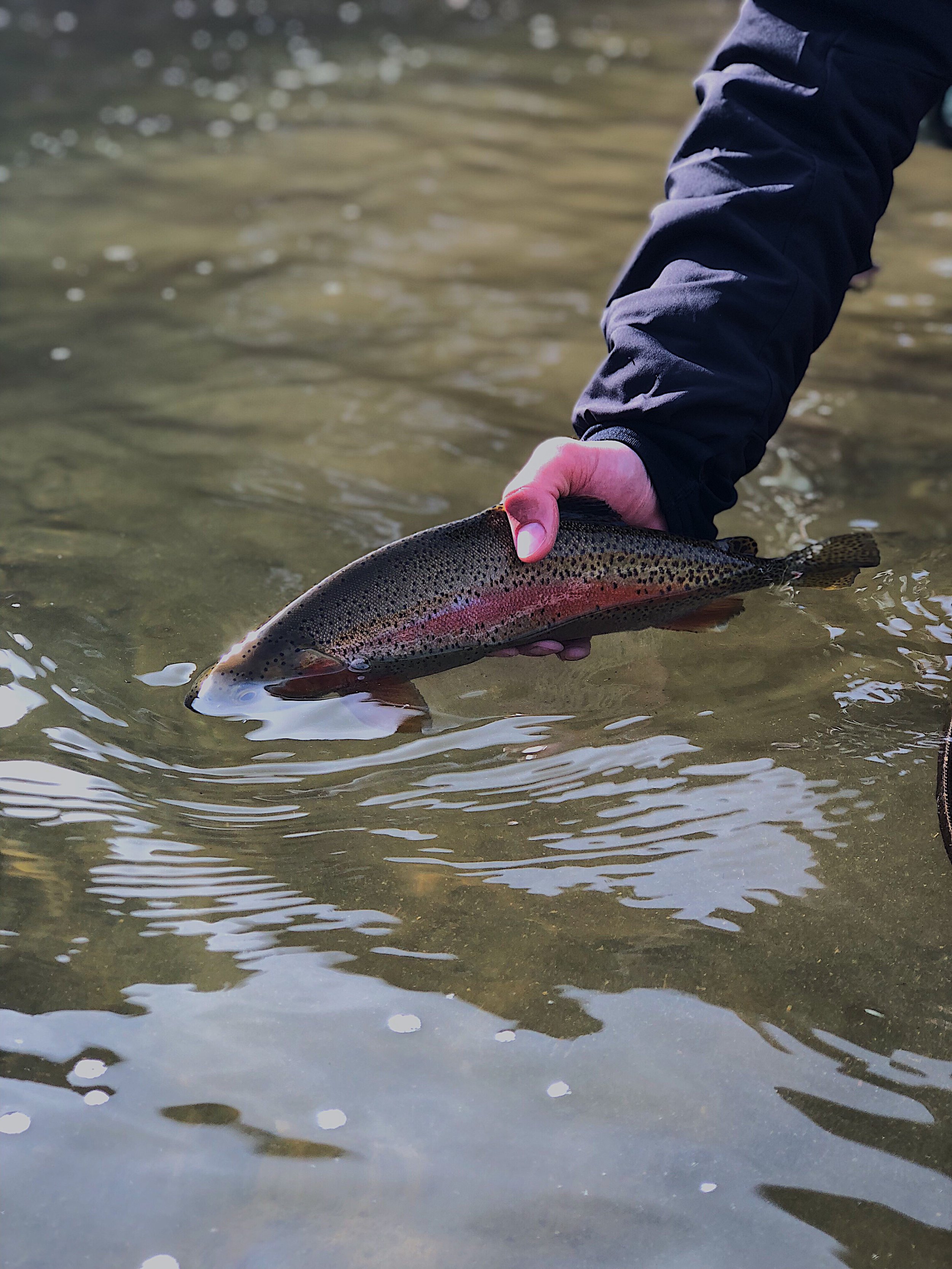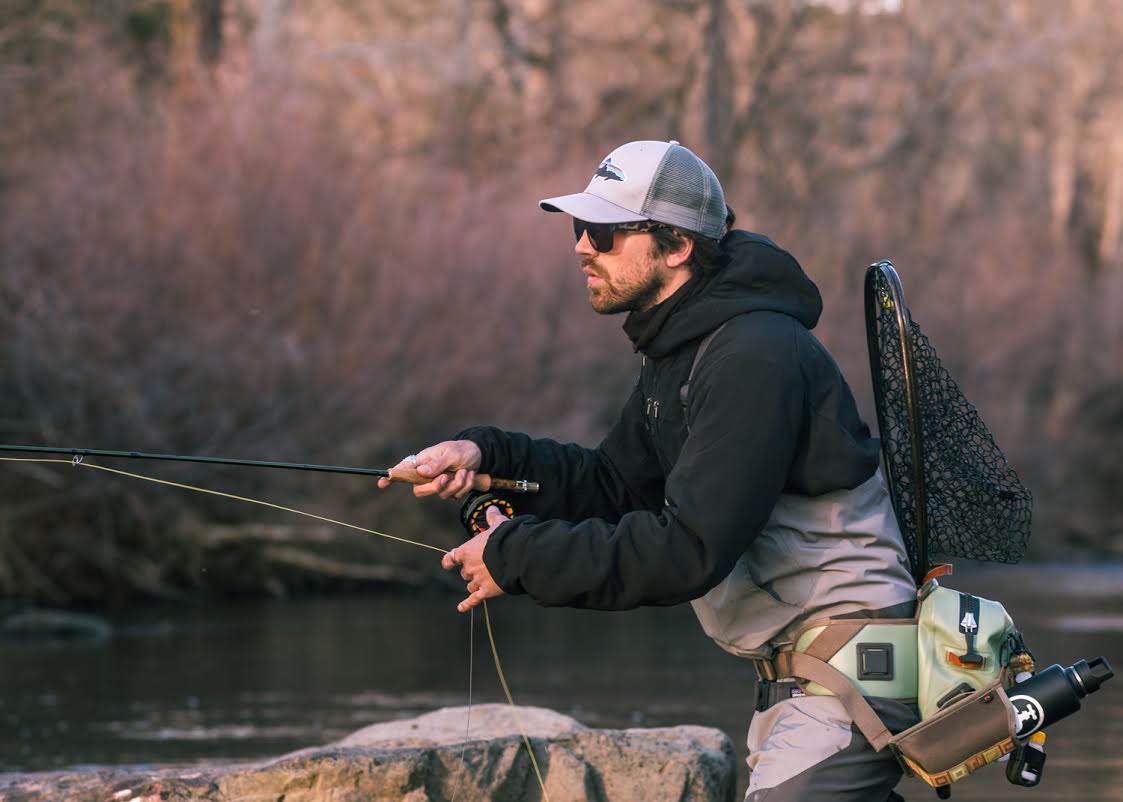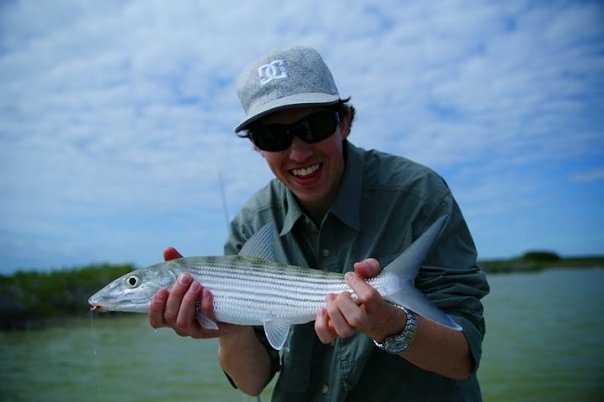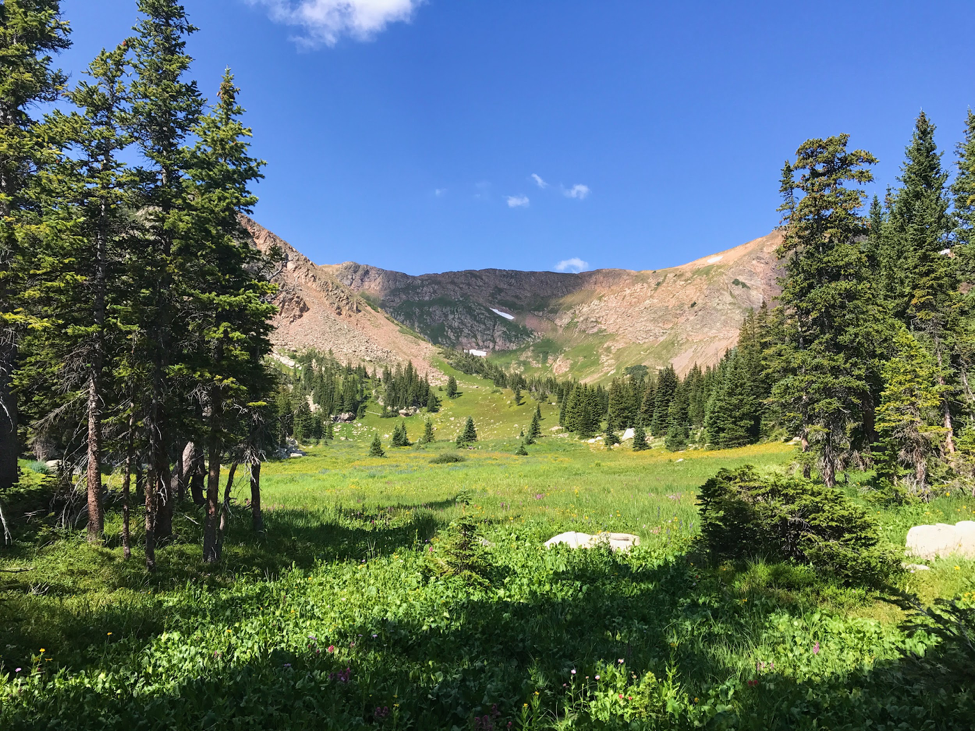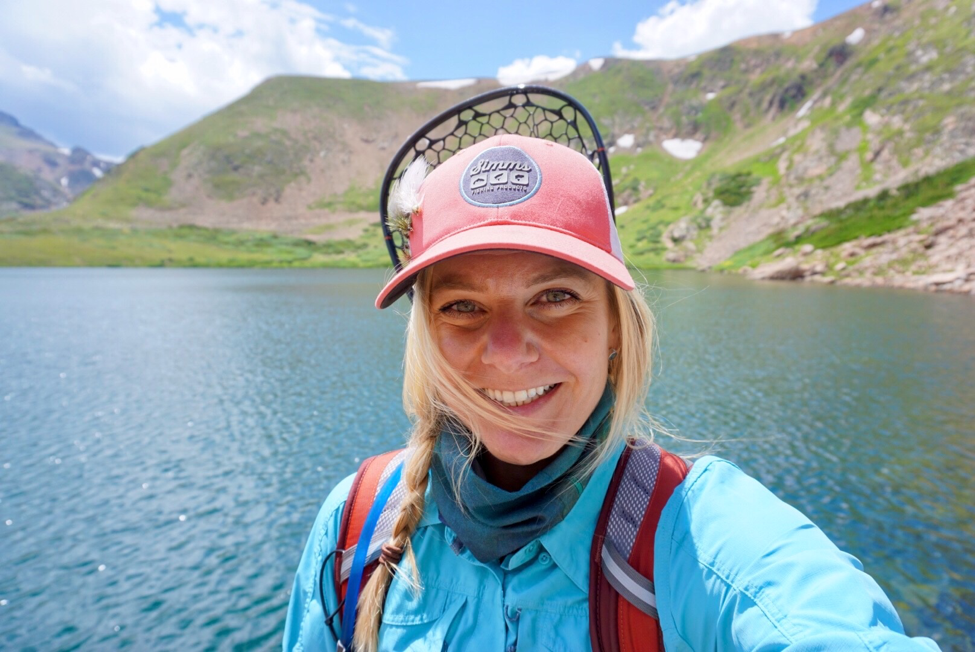It’s 8:20 am, 22 degrees, and I haven’t seen a single fish.
The morning welcomed me with a balmy 17 degree slap in the face as I opened the truck door and began to gear up.
The day’s forecast looked to be in the mid 40s and mostly sunny. I layered up with the thought that I would be standing in frigid water in 20 degree temps for the majority of the morning.
My base layer began with a wool blend long sleeve shirt, followed by the R1 hooded fleece pullover and the crux of this story: the men’s Patagonia Tough Puff Hoody.
I have worn the hoody (or dare I say, jacket?) quite a few times out and about and once or twice fishing. But today proved to be the real test as my previous trips were not as cold as today and I would be fishing for the entirety of it.
Let’s talk tech, shall we? First off, let me say that Patagonia designed the Tough Puff with anglers in mind, this is a piece designed for us. That being said, it has the versatility of any tech hoody you’ll come across.
The outer shell is entirely polyester giving it a mechanical stretch which allows for freedom of movement, something we need when swinging and double hauling. The Tough Puff is also abrasion resistant, however, the material seems like it could rip rather easily, especially considering the type of terrain we fisherman like to navigate through. But I can attest to the strength as I’ll talk more about that later. To finish, the shell is given a moisture-shedding DWR coating. It’s not going to keep you dry in a downpour but it will get the job done in just about any other weather.
The hoody is insulated with 60-g FullRange 100% polyester stretch. In short it will give you breathability, warmth, and again, that freedom of motion. The real great thing here: it stays warm when wet. So when you release that trophy trout (or maybe it’s a dink? Hey that’s ok too) your sleeves will get wet but the material inside will be working to repel that moisture away, in turn keeping you warm.
Lastly, the Tough Puff comes with two vertical-zip fly-box pockets on the chest and two lower-zip hand warming pockets.
Ok, feel like you have enough information on the hoody now? Great, let’s continue:
As I begin my walk back down to the lower section of the river with the hopes of finding trout on the move the temps are looking up. The sun is gaining power and my body heat is rising. I’m not really feeling the cold, in fact the only part of my body affected by the cold air are my gloveless hands. My core is toasty but not too toasty and as I walk past the truck I briefly consider shedding a layer but quickly dismiss the thought as I’m totally comfortable.
I pass fisherman after fisherman with almost all of the good holes occupied. I guess Thursday mornings can be considered weekend territory in Colorado now. I finally start getting into fish around 10:45. The temperature is 42 degrees and I remain comfortably content in my clothing. As I release little cutbows and rainbows I let my sleeve dip into the 40 degree water. The DWR and FullRange insulation prove to be effective in keeping my arm warm.
At 11:27 I land a sizable brown fooled by a size 18 caddis larva. I make my way for new water and come across some leafless branches of a seven foot bush. I whack my way through them paying more attention to my rod than to my new hoody in which material I foolishly thought wouldn’t hold up. It holds up, not a scratch or scuff in sight.
At noon the wind rolls in at around 20 mph gusts. I fail to notice any air break through the jacket. I’ve heard in stronger conditions wind will find its way in but currently the Tough Puff is holding up just fine.
I make it back to the truck at 2:45 and tear off my waders and layers. I pull my R1 off and put the Tough Puff back on for the drive home. The material is so soft and cozy it feels like your favorite cotton hoody. Actually the Tough Puff even looks like a hoody from a distance. Only once in close you start to see the sleek technical design with jacket-like qualities.
Is there anything I don’t like about the Tough Puff you might ask? Well, it’s not as packable as say their Nano Puff or Micro Puff jackets. You could easily pack this into any overnight bag or backpack but you would find it difficult to pack in a smaller sling or lumbar fishing pack. It’s not waterproof, but that’s asking a lot from a piece that’s labeled as a hoody. The fact that it’s water resistant and can keep you warm when fully wet is enough for me. Not much to complain about here.
The Tough Puff Hoody has since become a staple in my wardrobe. I wear it almost every day in these mild winter months. On those really frigid days it can be layered under a down jacket or shell and on the warmer ones a simple t-shirt underneath will do. I love the Tough Puff technology so much that I even bought the Tough Puff Shirt as well. The fine folks at Patagonia did anglers a solid in designing this piece with them in mind. Do your body a solid and purchase one and put your mind at ease knowing you’re supporting a company who gives a damn.
Tight Lines
-Jakob
UPDATE: I have since worn the Tough Puff Hoody for a day of snowboarding and it performs just as well on the mountain as it does on water. I wore it under my overall-bib pants and kept it on all day in temps ranging from 20-52 degrees. From the river to the mountain to the streets, the Tough Puff has you covered. Now I leave you with one last question, are you Tuff Enuff?
-Que The Fabulous Thunderbirds
instagram jakobbur

